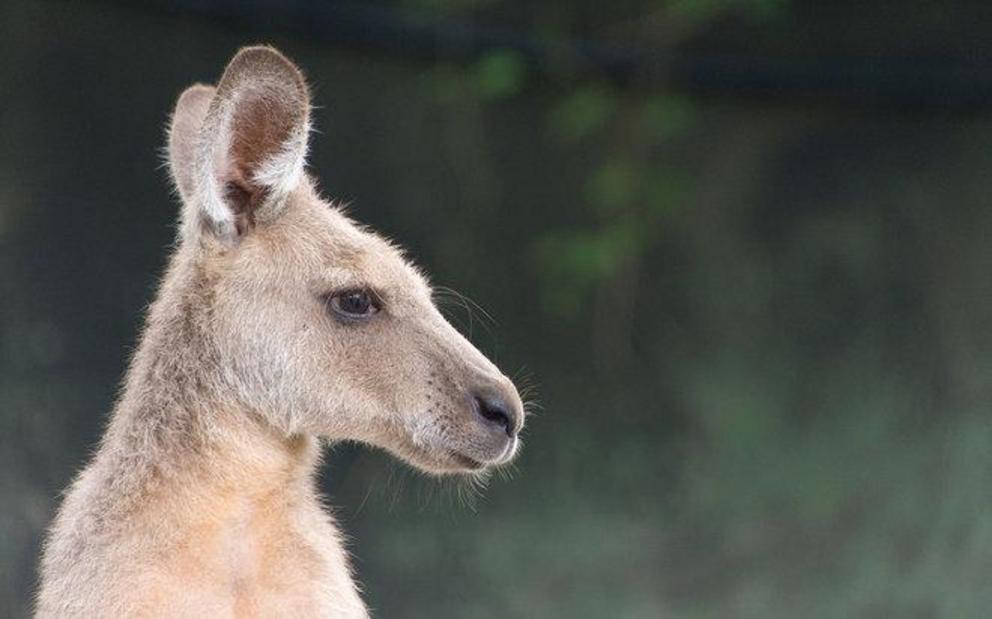The sad reason kangaroos are acting drunk
Some kangaroos in southeastern Australia are acting wonky, almost as if they were drunk. But what exactly is causing their bizarre, tipsy behavior?
Recent footage shows the unsteady kangaroos, their heads wobbling and shaking; they lurch sideways, barely able to hop; they precariously sway in place and even topple over.
The marsupials did not party it up, however. The explanation for their unusual behavior is a grim one: They were apparently poisoned by Phalaris grass — also known as canary grass — a genus of pasture grasses that is highly toxic to the large marsupials, the Guardian reported.
Their "drunken" condition is called phalaris toxicity, or "the staggers," and it is also seen in domesticated animals such as sheep and cattle that graze in pastures where the dangerous non-native grasses grow. But while livestock can recover from the toxic effect of Phalaris grass, the neurological damage that kangaroos suffer is thought to be irreversible, according to the Guardian. [Marsupial Gallery: A Pouchful of Cute]
Two videos of affected kangaroos were shared on Facebook on July 7 by a representative of Rescue, Rehabilitate, Release, a wildlife rescue nonprofit in Victoria, Australia. In the first clip — which the writer described as "quite distressing to watch" and the worst example of phalaris poisoning that they had ever seen — a kangaroo demonstrated erratic behavior that was characteristic of phalaris toxicity.
"Their ears are flat, they have quite a blank, confused/dazed look about them," the rescuer wrote. "And then sadly you can see how they lose their ability to hop."
In fact, the kangaroo was so addled and incapacitated that a team of rescuers could not subdue it safely, and it had to be euthanized, according to the post.
https://www.facebook.com/1268828089820048/videos/1740207426015443/
A second video showed a solitary young kangaroo that also appeared to be disoriented and uncoordinated, as though suffering from phalaris toxicity; its leaping was unusually vertical with its tail held unnaturally high in the air, and its head "very unsteady," the rescue worker wrote on Facebook.
https://www.facebook.com/1268828089820048/videos/1740314506004735/
Researchers extensively documented phalaris toxicity in eastern gray kangaroos (Macropus giganteus) in December 2014, in a study published in the Australian Veterinary Journal. Symptoms displayed by the kangaroos mirrored those of sheep that had consumed canary grass, and in all of the animals, brain tissue showed discoloration in shades of green and brown, which could represent the effect of the toxins on their neurological functions, the scientists reported.
Sightings of kangaroos with symptoms of what appears to be phalaris toxicity are on the rise this year in central Victoria, perhaps because canary grass is more abundant than usual, according to the Guardian.

